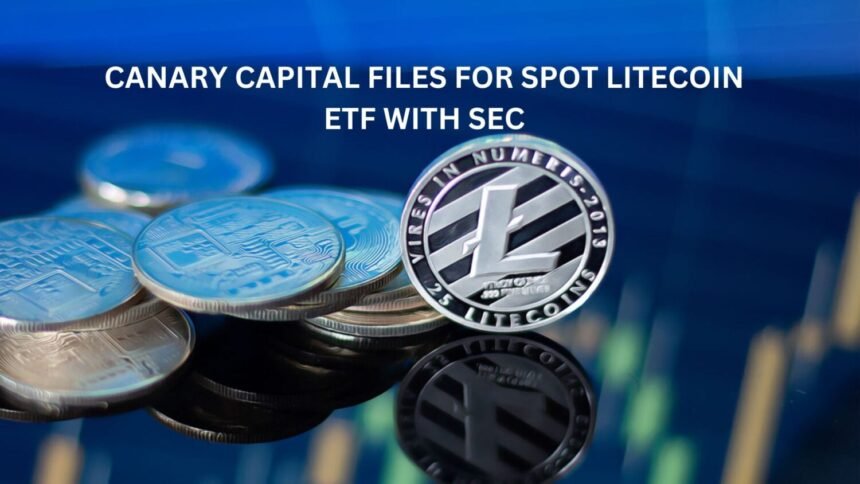Key Takeaways
- The proposed Litecoin ETF is designed to hold spot Litecoin and track the CoinDesk Litecoin Price Index
- Canary Capital recently submitted a separate application for a spot XRP ETF on October 9
Asset Manager Canary Capital has officially filed an application with the U.S. Securities and Exchange Commission (SEC) to launch a spot Litecoin (LTC) exchange-traded fund (ETF).
The proposed Litecoin ETF is designed to hold spot Litecoin and track the CoinDesk Litecoin Price Index (LTX), which measures the performance of the crypto.
Steven McClurg, Canary Capital’s CEO and former co-founder of Valkyrie Funds, is leading the charge. McClurg previously helped launch the Coinshares Valkyrie Bitcoin Fund ETF and now aims to innovate the crypto investment landscape with actively managed products tailored to institutional investors.
This filing comes at a time when more crypto-focused ETFs are being proposed, especially as the U.S. presidential election approaches in November. Market observers believe the political landscape could impact the SEC’s decisions on these applications. Nate Geraci, president of The ETF Store, commented on social media, stating, “In the short term, this likely reflects a bet on the outcome of the November election, but over time, it seems inevitable that more crypto ETFs will be approved.”
In addition to its Litecoin ETF filing, Canary Capital recently submitted a separate application for a spot XRP ETF on October 9. XRP, issued by Ripple in 2012, has faced ongoing legal challenges with the SEC, which claims that Ripple’s token sale violated securities laws. Despite this, interest in XRP-related investment products remains strong.
For Canary Capital, this is the second ETF filing in just over a month. However, the process for launching such funds is lengthy and requires SEC approval, including a rule change that would permit the listing of the ETF on a national securities exchange. As of now, the filings have not disclosed key details such as the fund’s management fee or its ticker symbol.
Although filing an S-1 form is a crucial first step, it must be followed by a 19b-4 filing, which would prompt the SEC to approve or deny the application within a set timeline. Without this follow-up filing, the process remains incomplete.



